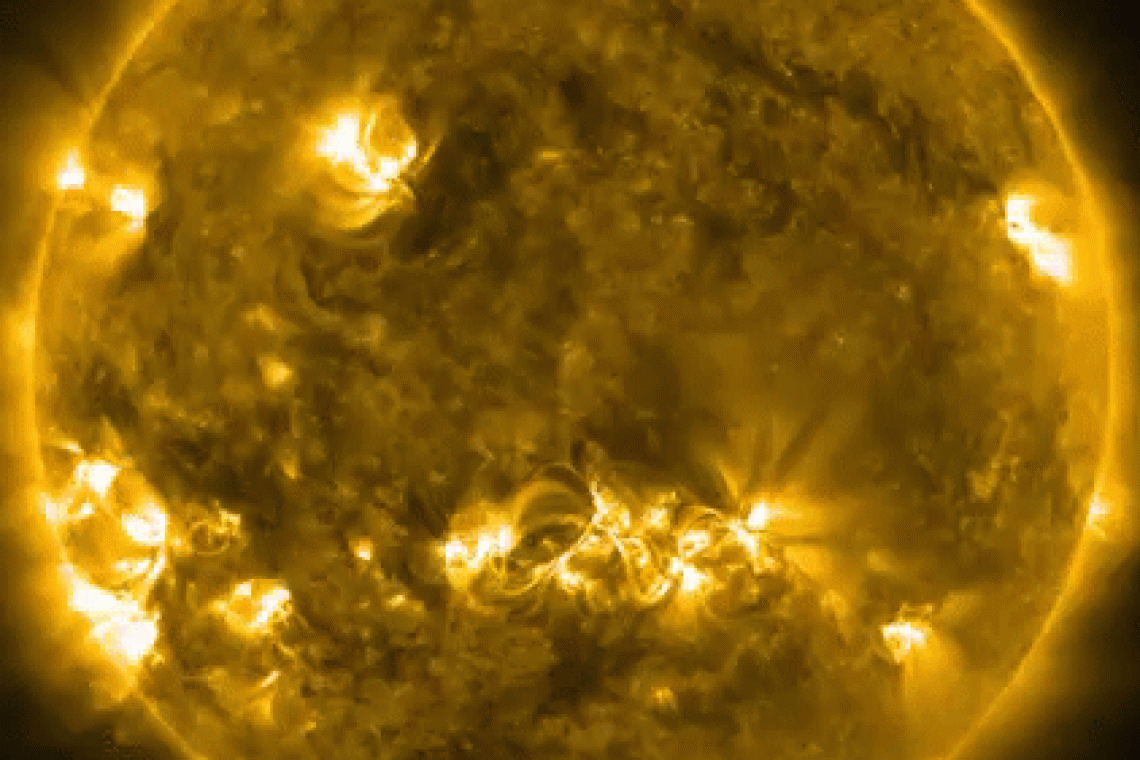A SOLAR storm might strike the Earth and cause disruption before Christmas as NASA warned of an incoming "impact" that could cause radio disruptions and GPS issues.
Space weather physicist Dr Tamitha Skov wrote on Twitter: "Our Sun has teamed up with Santa Claus to bring a solar storm just in time for Christmas. "Both NOAA and NASA predictions show Earth impact late on December 23." A solar storm is a term used for the atmospheric effects on Earth from events felt by the Sun. They happen when the Sun emits massive bursts of energy in the form of solar flares that get catapulted from the Sun.
The biggest storms come as a result of a coronal mass ejection (CME), a huge bubble of plasma shot out from the Sun, which contains billions of tons of fast-moving solar particles as well as the magnetic field that binds them.
When these electrical charges and magnetic fields charge towards the Earth, they usually travel at a speed of about three million miles per hour, but a CMEs velocity to exceed even 5 million miles per hour, according to the National Oceanic Atmospheric Administration (NOAA).
When they come into contact with the Earth's atmosphere, it has the potential to wreak havoc.
Dr Skov warned that the incoming solar storm could cause "radio disruptions and GPS issues through the Xmas holidays".
While minor storms can cause disruptions, stronger storms can cause more devastation.
When CMEs collide with Earth’s magnetosphere, “all of that extra radiation can damage the satellites we use for communications and navigation..it can disrupt power grids that provide our electricity", according to NASA’s Space Place site.
Low-frequency radio signals can be blocked for hours at a time, and power outages could even last days if the storm directly interferes with power transformers.
The SWPC said: "During storms, the currents in the ionosphere, as well as the energetic particles that precipitate into the ionosphere add energy in the form of heat that can increase the density and distribution of density in the upper atmosphere, causing extra drag on satellites in low-earth orbit.
"The local heating also creates strong horizontal variations in the ionospheric density that can modify the path of radio signals and create errors in the positioning information provided by GPS."
But on a brighter note, Dr Skov said that the incoming solar storm may also put on stunning displays of auroras.
She said: "Expect aurora, possibly down to mid-latitudes."
Watch: Earth's protective field is tilting, pushing the magnetic poles towards the equator



